Aug 22, 2025
Author:Sam Wonder
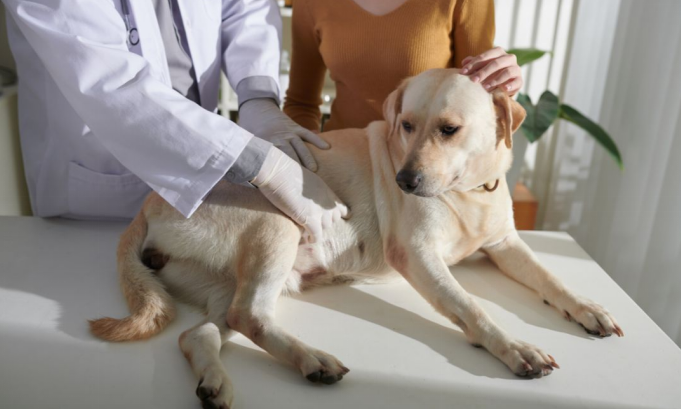
That 3 a.m. wake-up call? Your dog’s gut is making noises like an old dishwasher coughing through its last cycle. Yeah, you’ve heard it before. Thing is, pick the wrong quick fix and that mild belly grumble can flip into a full-blown emergency vet bill before sunrise. But here’s the twist—most stomach upsets? They don’t actually need pricey meds or fancy treatments.
Your dog's digestive system is way more sensitive than you'd think. Chicken and rice might work absolute wonders for one pup. The same exact thing could make another dog's symptoms worse. The real trick is knowing which remedy actually matches which symptoms, you know?
Here's what we'll cover:
● Safe home remedies that actually soothe upset stomachs (plus exact portions and when to give them)
● Red flags that scream vet visit NOW vs. symptoms you can totally handle at home
Keep reading if you want to stop the guessing game about what's safe for your dog's stomach. We'll show you exactly what works, what's useless, and when home treatment becomes straight-up dangerous.
Your dog’s upset stomach needs a gentle hand. Not guesswork. And absolutely not some random fix you found buried in a 2 a.m. forum scroll. These work because they either give the gut a breather—or help it find its footing again. Each one’s for different symptoms, so you match it to what’s actually happening.
Sometimes? The best medicine is literally no medicine at all. A short fast lets your dog's digestive system basically repair itself without dealing with new food coming in.
How to do it right:
● Withhold food for 12–24 hours (make that only 12 hours for puppies or those small breeds under 15 pounds, though)
● Keep fresh water available constantly
● Break the fast with just 2 tablespoons of bland food—not their regular kibble
● If vomiting continues during fasting, stop immediately and call your vet
Fasting works best for dogs who've eaten something kinda disagreeable but aren't showing those severe symptoms. Think of it like... hitting the reset button on their whole digestive system.
The bland diet? Still the gold standard for upset stomachs. But bland doesn't mean throwing together random white foods and hoping for the best—it means specific ingredients in really precise ratios.
The formula that actually works:
|
Protein Source |
Carb Source |
Ratio |
Serving Size |
|
Boiled chicken (no skin) |
White rice |
1:2 |
1/4 cup per 10 lbs body weight |
|
Lean ground turkey |
Sweet potato |
1:2 |
Same as above |
|
Boiled white fish |
Pumpkin puree |
1:3 |
Same as above |
Serve the mix in 4–6 tiny meals spaced out over the day. Not your normal breakfast-dinner schedule. Those short, spaced feedings? That’s what keeps the stomach from getting slammed all at once.
Pro tip: Cook the rice with extra water so it turns softer, almost mushy. Overcooked rice? Way easier to digest than the flawless, fluffy grains people like to flex on Instagram.
Plain bone broth—and I mean plain, not that sodium-packed grocery store stuff—does double duty. It hydrates and it soothes. Make your own, or just buy those pet-specific brands without onion, garlic, or added salt.
Serving guidelines:
● Small dogs (under 25 lbs): 1/8 cup every 2 hours
● Medium dogs (25-60 lbs): 1/4 cup every 2 hours
● Large dogs (60+ lbs): 1/2 cup every 2 hours
Serve it at room temperature or slightly warm. Cold broth? That can shock an already sensitive stomach, and we don't need that drama.
Plain canned pumpkin—NOT the pie filling, seriously—works for both diarrhea and constipation. How? The fiber absorbs excess water but still keeps things... moving along.
● 1-10 lbs: 1/2 teaspoon
● 11-30 lbs: 1 tablespoon
● 31-50 lbs: 2 tablespoons
● 50+ lbs: 3 tablespoons
Mix it into their bland diet. Or serve it alone, whatever works. Most dogs actually like the taste, which honestly makes administration way easier than wrestling with pills at midnight.
Your dog's gut? It needs beneficial bacteria to function properly. Stomach upsets tend to throw this whole balance off completely.
Safe probiotic options:
● Plain, unsweetened yogurt with live cultures (just 1 teaspoon per 10 pounds)
● Pet-specific probiotic supplements (follow the package directions)
● Kefir (same serving as yogurt)
Start with half the recommended amount, though. Some dogs' stomachs... they need time adjusting to probiotics.
The order matters. The timing matters just as much as the remedy itself, actually. Here's your roadmap:
● Day 1: Fast for 12-24 hours, offer bone broth every 2-3 hours
● Day 2: Introduce bland diet (4-6 tiny meals), keep that bone broth going between meals
● Day 3: Add pumpkin to a bland diet, reduce to 3-4 meals
● Day 4: Mix probiotics with morning meal, start transitioning back to regular food
● Days 5-7: Gradually increase regular food while you decrease the bland diet
Watch for these improvements—should happen within 24-48 hours:
● Stomach sounds decrease or go back to normal
● Your dog shows interest in food again (finally)
● Energy levels improve
● Bowel movements get more formed
● No vomiting for at least 12 hours straight
If you don't see at least two of these signs within 48 hours? Your dog needs professional help. Home remedies have their limits. Push past them and you risk dehydration or missing something serious.
Even well-meaning owners? They accidentally sabotage recovery. Avoid these remedy wreckers:
● Giving human medications: Pepto-Bismol, Imodium—these drugs can be toxic to dogs. Or they mask serious symptoms, which is almost worse.
● Switching remedies too quickly: Each remedy needs 12-24 hours to show results. Rapid changes just confuse the digestive system even more.
● Overfeeding the bland diet: Those puppy eyes beg for more, I know. But overloading defeats the whole purpose. Stick to the portions.
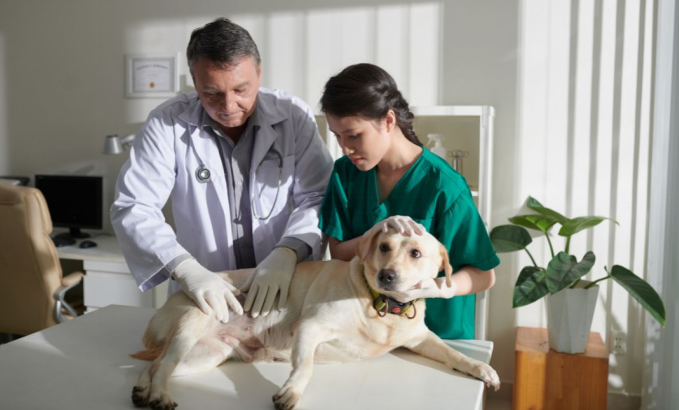
Not every upset stomach needs professional intervention. But missing those critical warning signs? That could cost your dog's life. Learning the difference between wait and watch and emergency—it saves both money and heartache.
These symptoms mean drop everything and get to the vet. No home remedy's gonna help here, and waiting just makes things worse.
The non-negotiable vet triggers:
|
Symptom |
Why It's Dangerous |
Timeline to Act |
|
Blood in vomit or stool |
Internal bleeding, poisoning, or organ damage |
Immediate |
|
Bloated, hard belly |
Possible GDV (stomach twist) - fatal within hours |
Within 30 minutes |
|
Repeated vomiting (5+ times) |
Rapid dehydration, blockage |
Within 2 hours |
|
Lethargy + refusing water |
System shutdown beginning |
Within 4 hours |
|
Pale or white gums |
Shock, severe blood loss |
Immediate |
|
Known toxin ingestion |
Organ failure risk |
Immediate |
A rectal temperature above 103°F or below 99°F? That signals serious trouble. Normals are between 101-102.5°F.
These symptoms need monitoring. Maybe a vet consultation within 24 hours. Start home treatment, but stay ready to escalate if things go south.
Watch-and-wait symptoms:
● Vomiting 2-3 times, then stopping
● Loose stool without blood
● Decreased appetite for just one meal
● Mild lethargy, but still responsive when you call
● Stomach gurgling with otherwise normal behavior
● Grass eating followed by a single vomit episode
Document these symptoms—times, frequency, all that. Your vet's gonna need this information if things get worse.
You can confidently manage these symptoms at home using those remedies from earlier. Most of them? They resolve within 48 hours with proper care.
Safe-to-treat-at-home signs:
● Occasional stomach noises
● Missing one meal but drinking water like normal
● Soft (not liquid) stool
● Single vomit episode after scarfing food too fast
● Normal energy with just a slight appetite decrease
These mild symptoms usually stem from dietary indiscretion. That's fancy talk for your dog ate something stupid. Weekend BBQ leftovers, that dead bird on yesterday's walk, raiding the cat's food—all cause these manageable upsets.
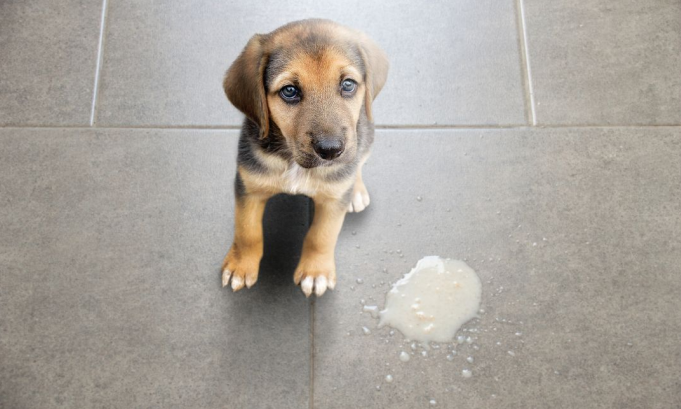
Your response strategy? It shifts based on your dog's profile. Puppies and seniors need way faster intervention than healthy adults do.
● Puppies (under 6 months): Cut every waiting time in half. Their little bodies lose fluids crazy fast, and they don’t have the reserves to fight off much. Vomiting or diarrhea for more than 12 hours? That’s a straight-to-the-vet situation.
● Senior dogs (7+ years): Even mild symptoms can be the front cover of something bigger. That queasy stomach could be hiding kidney trouble, liver disease, maybe even cancer. If you’re on the fence? Call the vet and skip the guessing game.
● Toy breeds (under 10 pounds): Treat them like puppies regardless of age. Their tiny systems can't handle much disruption before blood sugar crashes. Or dehydration sets in.
Dehydration kills faster than the original stomach upset ever could. Check hydration status every few hours during any digestive issue—seriously.
The skin tent test:
1. Gently pinch the skin between your dog's shoulder blades
2. Release and count how long that skin takes to flatten back
3. Under 1 second = you're good, normal
4. 1-2 seconds = mild dehydration (increase fluids now)
5. Over 2 seconds = moderate to severe (vet needed ASAP)
Gum check: Press your finger on the gums. They should turn white, then pink again within 2 seconds, tops. Longer? That means circulation problems from dehydration.
Technology makes tracking symptoms easier —it gives you crucial data for your vet if you need it. Set phone reminders. Check symptoms every 2-3 hours.
When you're managing mild symptoms at home, maintaining those regular feeding schedules really helps recovery along. The WOpet Heritage View Automatic Pet Feeder lets you program smaller, more frequent meals during recovery. Perfect for bland diet portions, actually. It's a built-in camera?
You can monitor whether your dog actually eats those carefully measured portions—even when you're in another room doing something else. Seeing real-time eating behavior helps gauge recovery progress without you hovering like some helicopter parent.
Track these specifics:
● Time of each symptom occurrence
● Food or water consumption amounts (be precise)
● Energy level on a 1-10 scale
● Bowel movement consistency and color
● Any potential triggers you noticed
Good intentions don't always equal good outcomes, unfortunately. These situations? Stop home treatment immediately.
Abandon ship signals:
● Symptoms worsen after 24 hours of treatment
● New symptoms appear out of nowhere
● Your dog refuses a bland diet for over 24 hours straight
● Vomiting returns after seeming better
● You feel something's just not right (trust this)
Trust your gut. You know your dog’s normal better than this page—or any page—ever could. If that inner voice says, Something’s off, you pay attention to it.
Some upset stomach? They play it off like harmless digestion quirks. Sneaky stuff that needs a vet’s eyes—not whatever fix you’ve got in the kitchen.
● Pancreatitis can look like plain old vomiting, but it calls for targeted treatment. And yeah—rich, greasy meals? That’s usually the trigger.
● Intestinal parasites cause these intermittent stomach issues that home remedies temporarily mask. But never cure.
● Food allergies create chronic upset stomachs that seem to improve. Then they return. Again and again.
● Partial blockages allow some food through, which creates really confusing symptom patterns.
Now you’ve got the difference down—those mild stomach upsets you can manage and the real emergencies you can’t mess with. You know the fixes, the timing, the warning signs. Biggest takeaway? How you watch and when you act decide how fast your dog bounces back.
Key takeaways to remember:
● Fast 12–24 hours first, then go bland diet in small portions 4–6 times a day for the best shot at quick recovery
● Blood, bloating, or repeated vomiting means vet immediately—no exceptions, no waiting around
● Puppies and toy breeds need faster intervention than adult dogs since dehydration hits them way harder
● Track symptoms every 2-3 hours and trust your gut when something feels wrong
Managing upset stomachs gets easier when you can monitor feeding schedules and actually see your dog's eating behavior remotely. WOpet's smart feeders handle the precise portioning while you handle the recovery plan.
Ready to simplify your pet's feeding routine? Explore WOpet's solutions here.
Label:
Popular Post

What to Feed a Sick Dog With No Appetite? [2025 Guide]
May 16, 2023
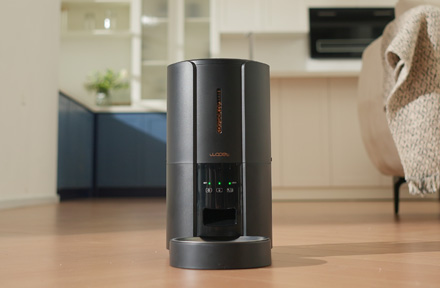
Troubleshooting Common Issues with Automatic Pet Feeders: Tips & Tricks for Pet Owners
Oct 26, 2023
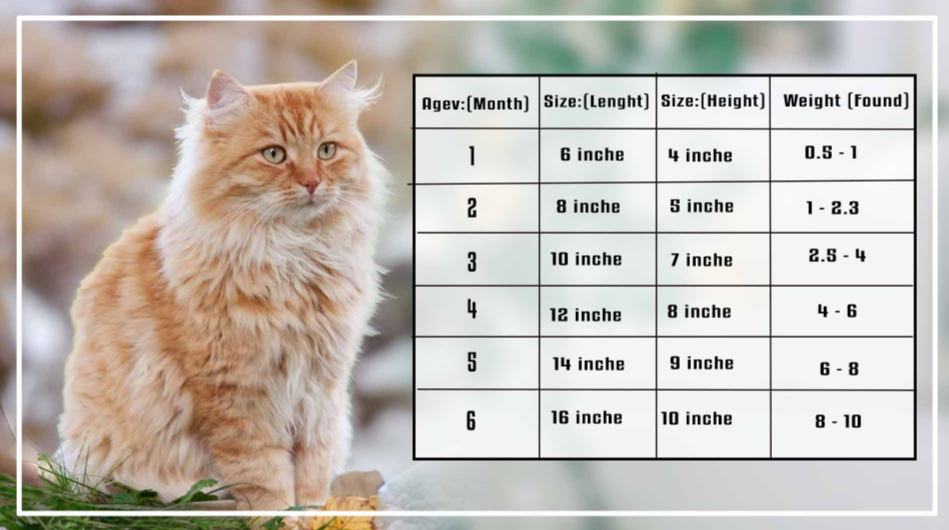
What is a standard Cat Weight chart by age Kg?
Mar 19, 2025

Why Does My Cat Cough After Drinking Water? 8 Potential Reasons
Mar 13, 2023

Why is My Cat Throwing up Water? Top 5 Causes Here
Feb 08, 2023
$109.99
$129.99
Copyright © 2025 WOPET. All Rights Reserved.